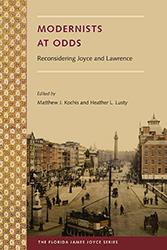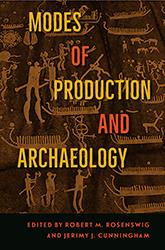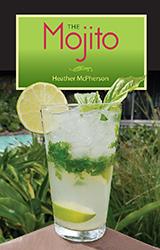Exploring the work of avant-garde artists in Cuba from 1940 to 1952, this book provides the first comprehensive history of modern Cuban art during the nation’s only democratic period.
Buy Books: browse by title
A - B - C - D - E - F - G - H - I - J - K - L - M - N - O - P - Q - R - S - T - U - V - W - X - Y - ZPlease note that while you may order forthcoming books at any time, they will not be available for shipment until shortly before publication date
In this cookbook, Ana Quincoces reimagines traditional Cuban recipes for today’s home chefs, helping readers make timeless dishes that showcase the distinctive flavors of classic Cuban cuisine while crafting meals that are accessible to everyone.
Despite Florida’s current reputation as a swing state, there was a time when its Republicans were the underdogs against a Democratic powerhouse. This book tells the story of how the Republican Party of Florida became the influential force it is today.
The diverse topics and methodologies assembled here illustrate how food studies can enrich research in the literary and visual arts. A milestone volume, this collection introduces possibilities for understanding the connection between modernist aesthetics and the emerging food cultures of a globalizing world.
Marked by a rejection of traditional affiliations such as nation, family, and religion, modernism is often thought to privilege the individual over the community. The contributors to this volume question this assumption, uncovering the communal impulses of the modernist period across genres, cultures, and media.
At the turn of the twentieth century, new technologies such as the phonograph, telephone, and radio changed how sound was transmitted and perceived. In Modernist Soundscapes, Angela Frattarola analyzes the influence of “the age of noise” on writers of the time, showing how modernist novelists used sound to bridge the distance between characters and to connect with the reader on a more intimate level.
A long overdue extended comparison of two of the most compelling writers of the twentieth century.
Contributors to this volume explain how archaeologists can use Karl Marx and Frederick Engels' mode of production concept to study long-term patterns in human society.
Transforming an irresistible drink in delightful ways, McPherson combines step-by-step instructions with quick tips and pro techniques. She invites readers to juice a lime, muddle some mint, and have fun with these creative recipes at home











